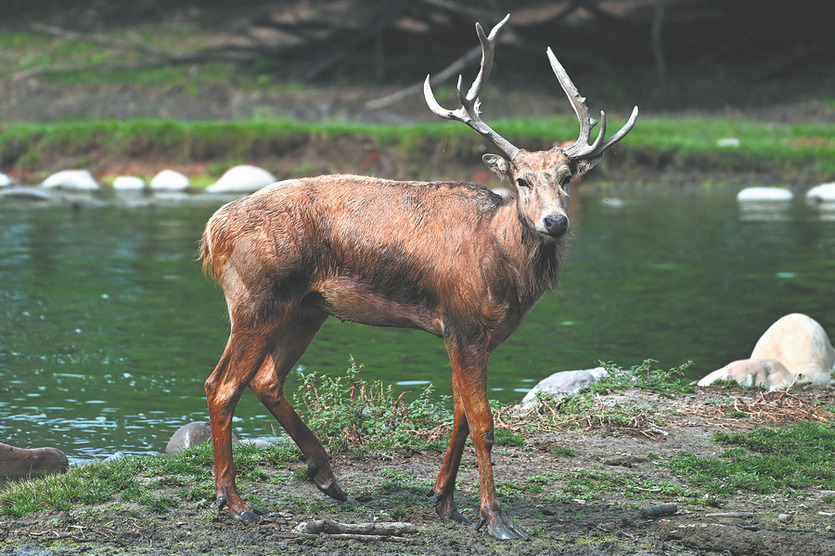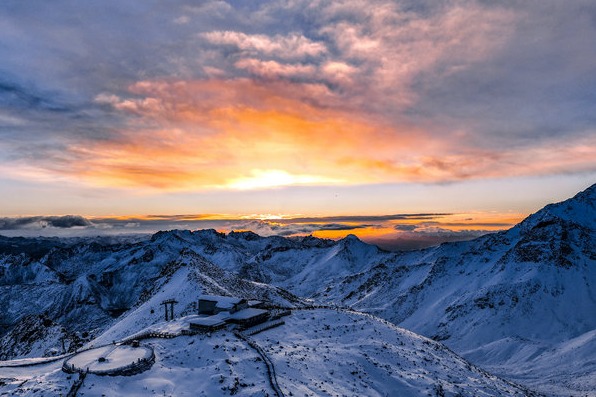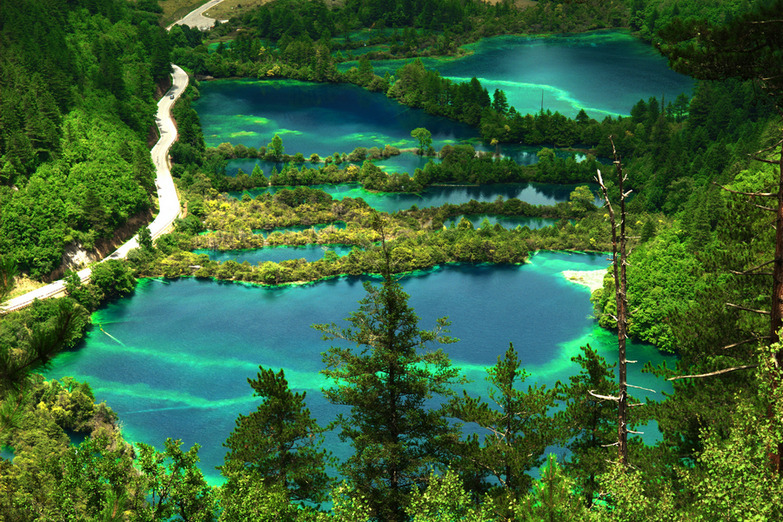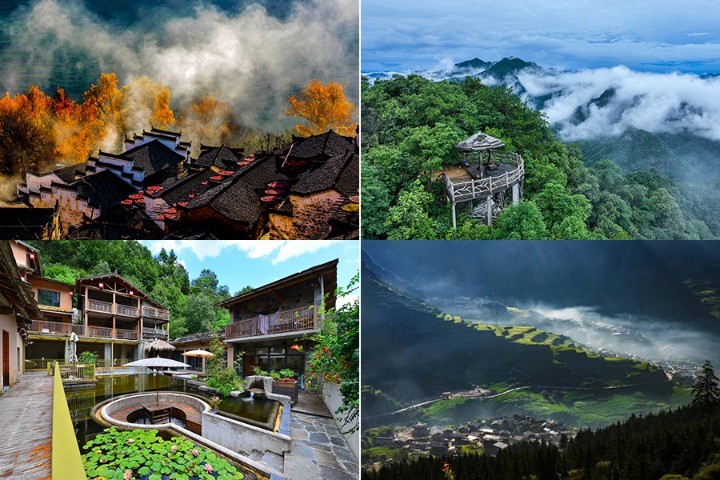Journey through time, stars and flavors
An odyssey of culture, nature and unforgettable moments in northwestern China, Deng Zhangyu reports in Dunhuang, Gansu.

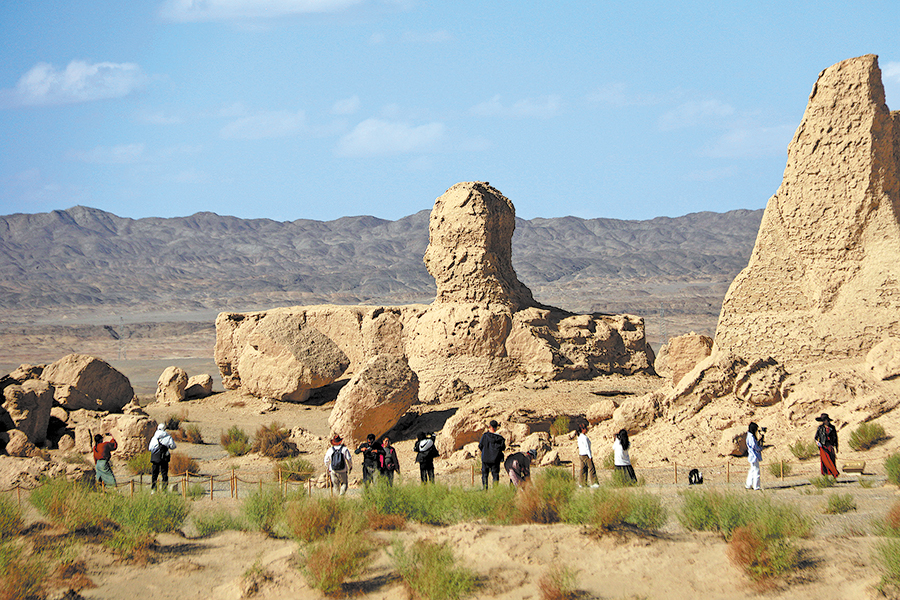
Visitors uncover the ruins of Hecang City, delving into the ancient Silk Road history and military strategies.[Photo by Zhang Xiaoliang/For China Daily]
It's impossible not to feel the weight of history here, especially when recalling the famous Tang Dynasty (618-907) poet Wang Zhihuan's poem Out of the Great Wall, in which he wrote: "Why must the Qiang flute bemoan the willow? The spring wind does not reach Yumen Pass."
These lines, etched into Chinese culture, capture the melancholy and resilience of this land, as if the echoes of ancient lamentations still drift on the breeze.
A short 12-kilometer drive west led me to the ruins of Hecang City, a hidden military supply depot from the Western Han Dynasty. Located in a lowland area, it is largely invisible to visitors without guidance. This rectangular site, measuring about 132 meters by 17 meters, with walls up to 6 meters high, once stored provisions for troops guarding the passes and the Great Wall.
As the sun dipped low, casting a warm glow over the yellow sand and crumbling walls, the scene felt like a painting come to life — a silent testament to centuries of history. I couldn't help but wonder what life was like here 1,000 years ago.
As twilight faded, I set off for the Dunhuang Yardang National Geopark, eager for a unique stargazing adventure. I've watched stars from mountains, deserts and coasts, but nothing prepared me for the magic of the "Devil City" in the Gobi Desert.
The geopark is dubbed Devil City because of the whisper of the wind — a constant force that has sculpted the formations here over millennia. These structures are nature's masterpiece, carved by relentless desert winds into shapes aligned like a frozen fleet, as if ready to sail across an ancient ocean that once covered this land.
















